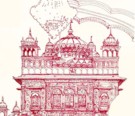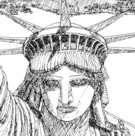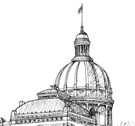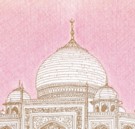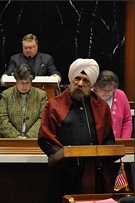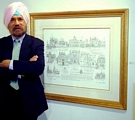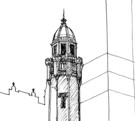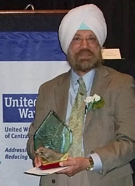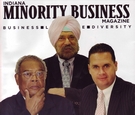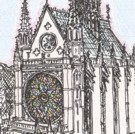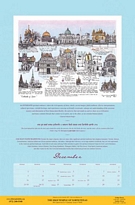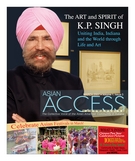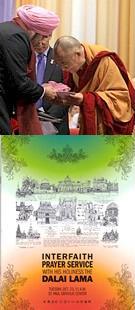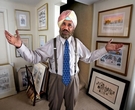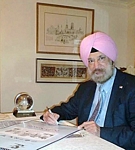Over the past 30 years, a center of Tibetan culture has been taking shape on an 80-acre wooded site amidst the rolling hills of Southern Indiana near I.U. Bloomington. This dream to preserve and introduce Tibetan Buddhist spirituality and culture to the West has been in no small part due to the tireless efforts, dedication, and inspired vision of the late Professor Thubten Jigme Norbu (Tagtser Rinpoche), the elder brother of His Holiness the Dalai Lama. Dr. Norbu migrated to the U.S. in 1950 and later settled in Bloomington, Indiana.
The Tibetan Cultural Center in Bloomington, re-named The Tibetan Mongolian Buddhist Cultural Center (TMBCC) in 2006 by His Holiness the 14th Dalai Lama (Tenzin Gyatso) who has visited Indiana five times since 1987. Dalai Lama is the Spiritual Leader of the Tibetan Buddhism and is the former Ruler of Tibet who has been living in exile in India since 1959 when he fled his Homeland in the face of Chinese invasion and occupation of his country. While the world has looked the other way, the brutal suppression of Tibetan people in their Homeland and destruction of their ancient culture has continued to this day.
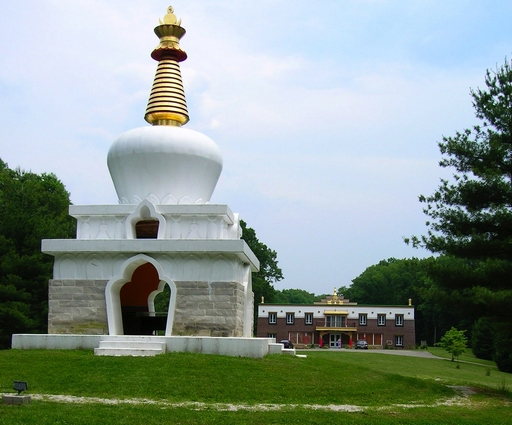
The Dalai Lama, venerated by his followers as a god-king and Buddha of Compassion; by many world leaders, as a celebrated Man of Peace, humanitarian, and wise spiritual leader; and by countless millions of every faith tradition, admired as a brilliant Spiritual Light and noble Enlightened Teacher of our times. In deep humility and unbound grace, with a disarming innocence and hearty laughter, Dalai Lama introduces himself as just an ordinary Monk.
Today, the TMBCC has several buildings on the site. Past the colorfully ornate entrance Gate dedicated by His Holiness the Dalai Lama in 2007, the meandering gravel road takes us to the Tibetan Cultural Center, a beautifully decorated facility with rooms for gatherings, displays, banquets, library, office and gift shop; commemorative Changchub and Kalachakara Chortens (Stupas), and The Chamtse Ling (Field of Compassion) Temple, dedicated by Dalai Lama in September 2003 with an Interfaith Prayer Service and renamed The Kumbum Chamtse Ling Monastery after the Kumbum Monastery in occupied Tibet. There are the traditional fluttering prayer-flags strung across outdoor meeting spaces, colorful Mongolian tents, log cabins placed amidst the natural landscape; and several large cleared areas for gatherings, fairs, and religious events and festive ceremonies. Great care is taken to preserve and enhance the natural beauty of this emerging campus, envisioned as a major center for learning and culture, meditation and contemplation, interfaith feasts and festivals, and peace and friendship among all people.
The TMBCC grounds are a sanctuary of bliss for everyone who comes in peace, whether they are a Buddhist pilgrims or seekers of spiritual wisdom; scholars, students, members of the media engaged in comparative studies of faith traditions or report on a special event; or simply casual visitors from Indiana, around the U.S.A., or abroad. A friendly welcome greets each visitor. An unusual stillness and serenity pervade the grounds, steadies the mind, invites the soul to witness an all-embracing spirit that seem to gently descend into the innermost realm of our being.
Tibetan spiritual wisdom in exquisite gold calligraphy, gilded statues of Buddha, colorful Mandalas and religious artworks, brocaded ceremonial hangings and covers in brilliant colors, display of donated sacred articles of Christian, Muslim, Hindu, Native Americans, Sikh, Jewish, Bahai, Society of Friends, Unitarian Universalist faith traditions adorn two columns in the center of the sanctuary space of The Chamtse Ling Temple. Other structures and visual attractions on the TMBCC campus, their designs and treatments inspired by traditional Buddhist architecture in the South East Asia, have similar decorations and adornments on their walls and ceilings.
Each visual element, natural or a fashioned representation, throughout the sacred complex draws our mind and sight to the rich traditions of Tibetan Buddhist faith, to Tibetan history, heritage, the spirit of an ancient and magnificent people and their unique culture. Upon reflection, it sets our mind and thoughts on a journey to times and places that until recently we had only casually known, never personally visited, but today grace and enrich the spiritual and cultural fabric of America. To think that this ancient heritage is now an integral part of our young and expanding national cultural tapestry is both significant and remarkable. We see echoes of our own spirituality, cultural connections, and our shared humanity at many levels, at new frontiers and unimagined crossroads where advancements in our civilization have placed us today.
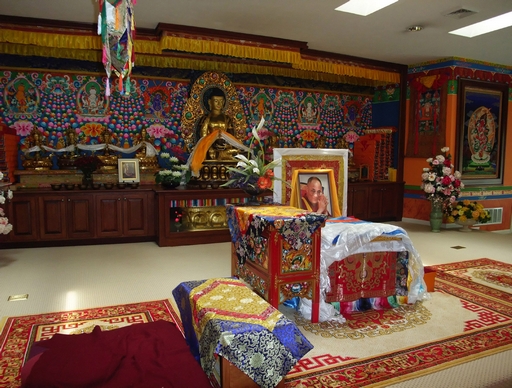
For me, each such adventure outside my comfort box, every new pilgrimage of my spirit into the unfamiliar stirs up fresh emotions and reflections, images and imaginations, deep appreciation and reverence for those who, with great passion and visions, embarked on daring journeys in response to events that have shaped their and our civilization through the ages. I marvel at the universal human desire and efforts to create a sense of belonging, a place to call home for our spirit, culture, and innermost stirrings. The TMBCC, Sikh Temples, Synagogues, ethnic anchors and markers, religious schools, festive celebrations are our response to that innate human urge.
During a visit to The TMBCC on the Memorial Day weekend to participate in a Tibetan Mongolian Festival, the welcome sounds of Buddhist chants and prayers by the Monks, the birds singing their songs of Praise, prayer-flags fluttering in the late morning wind, the inspiring reflections offered by learned and honored guests, all filled the space with a transforming energy. The scene and spirit captured my mind. Before me, I saw a warm spirit of friendship radiate from each guest present for the festivities of the day; below me, I saw a beautiful patch of Mother Earth in all its majestic grace and incredible bounty; above me, I saw a blue Sky-Canopy stretched across unfathomable heavens teaming with millions of galaxies, each studded with billions of stars. We were witnessing our unifying faith lessons: reminded of being all a part of One unfathomable Creation and Divine Mystery; children of One Father and Mother of All Creation and members of One Human Family. With compassion as our common universal anchor, we are all mandated to honor these Truths and remember that a person of faith does not see others as strangers, aliens, or unworthy of our respect and thoughtful consideration.
Today, TMBCC is an international pilgrimage site in the Midwest and a major addition to the spiritual and cultural landscape of Indiana. The spiritually-rich and welcome spirit of this place is being exemplified and tirelessly nurtured by Venerable Arjia Rinpoche, a special emissary of His Holiness the Dalai Lama, who serves as Spiritual leader and President-Director of the TMBCC. A planned major Learning Institute in ancient and traditional Tibetan studies will further add to the importance of The Kumbum Monastery (West).
The daily prayers and teachings by resident Monks, various cultural and spiritual events and attractions organized by the Center staff and followers, and faith and spirit of thousands who come in peace and leave a little of their spiritual imprints behind in this hallowed ground during their pilgrimage to this place, all contribute to the spiritually-inviting nature of the area.
On this recent occasion, Mr. Gonchig Ganbold, Counsel General of Mongolia from Washington D.C., I.U. Vice President, Dr. Patrick O’Meara, and many others joined Venerable Arjia Rinpoche to celebrate Tibetan and Mongolian Culture through prayers and poetry, songs and dances, fun and feasting, cultural displays and prized gifts, service awards and recognitions, and fellowship and friendship. I felt blessed to be a part of the festivities and memorable experience.
Kanwal Prakash Singh
Indianapolis, Indiana USA
© May 2009
